Quisque imperdiet nec risus non rutrum. Praesent venenatis augue sed turpis eleifend, pharetra lacinia eros imperdiet. Vestibulum sed mattis mauris. Vestibulum congue mi et lacus volutpat volutpat. Donec blandit eleifend justo. Sed eget porttitor orci. Fusce odio dui, volutpat vitae pulvinar non, malesuada a mauris. Donec quis mauris enim. Nulla facilisi. Pellentesque eu neque quis metus porta hendrerit eu non odio. Proin ullamcorper, sapien quis faucibus dignissim, augue nunc feugiat eros, eu scelerisque augue mauris pharetra sem. In dolor neque, vestibulum et dui a, gravida malesuada neque.
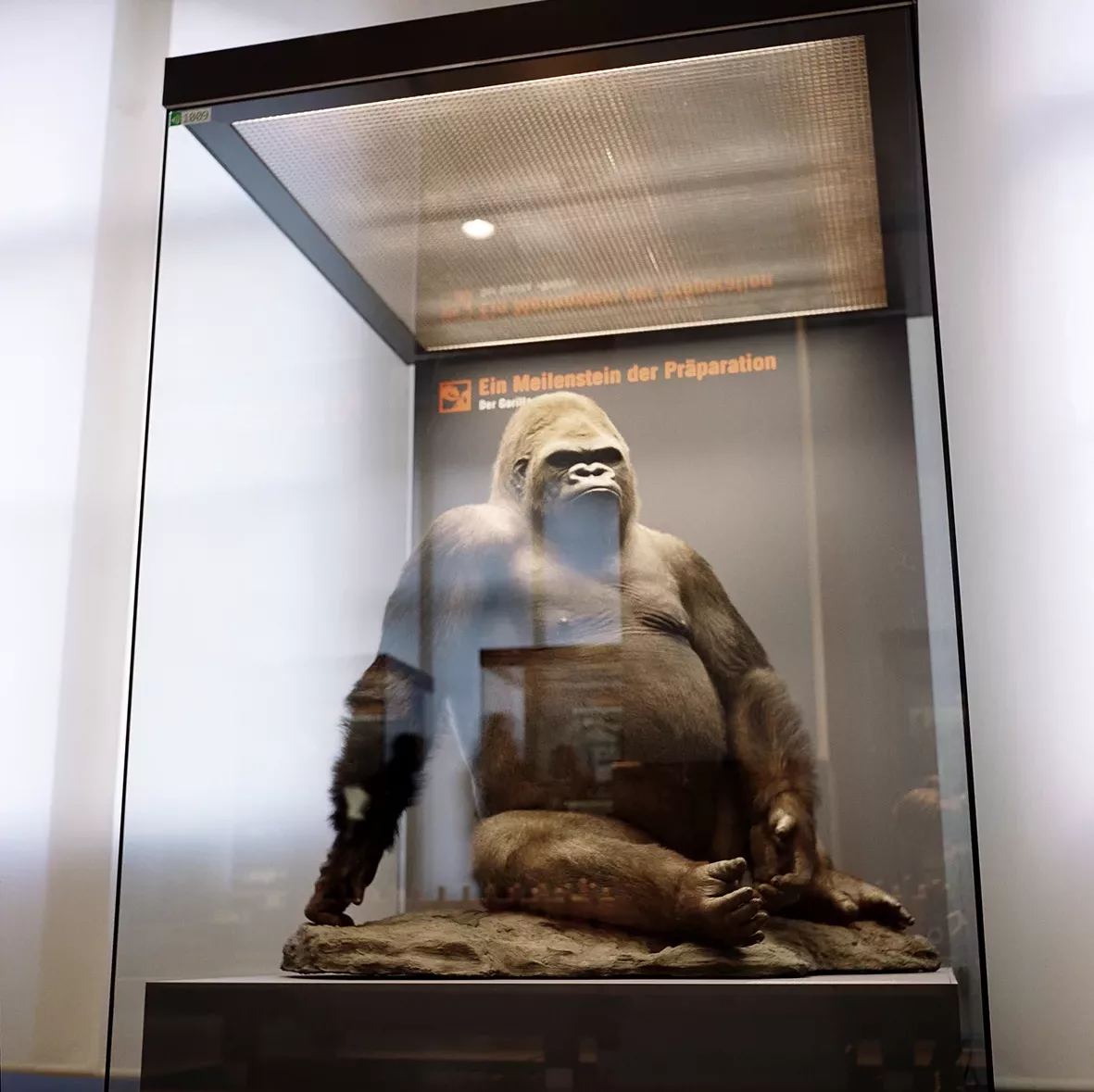
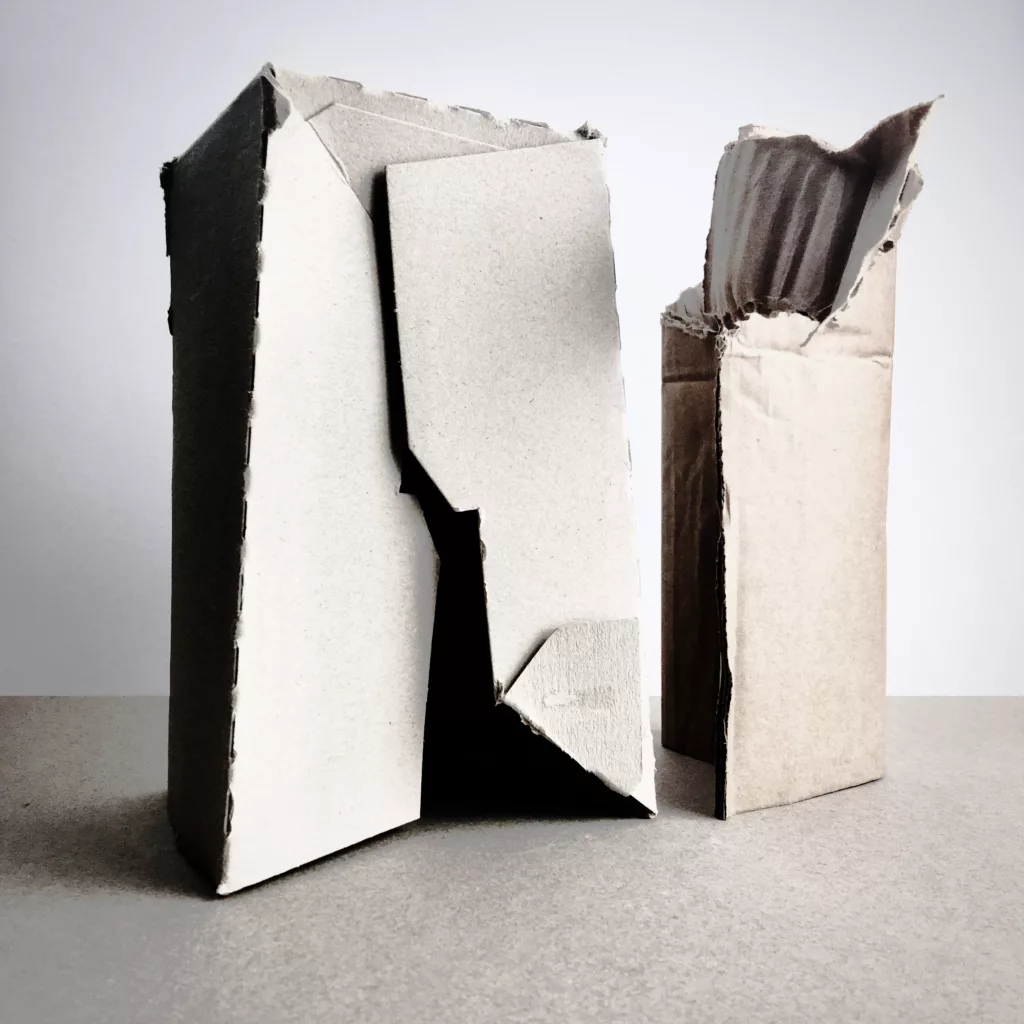
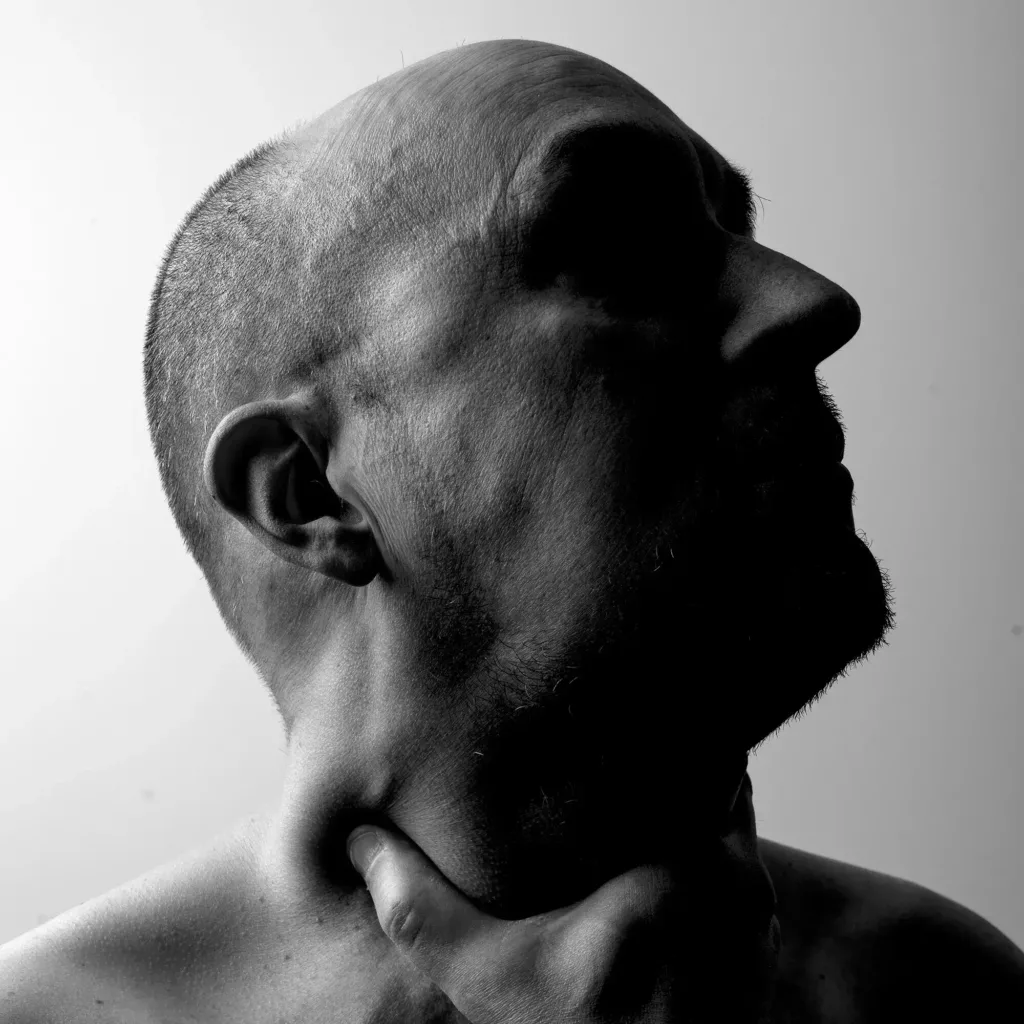
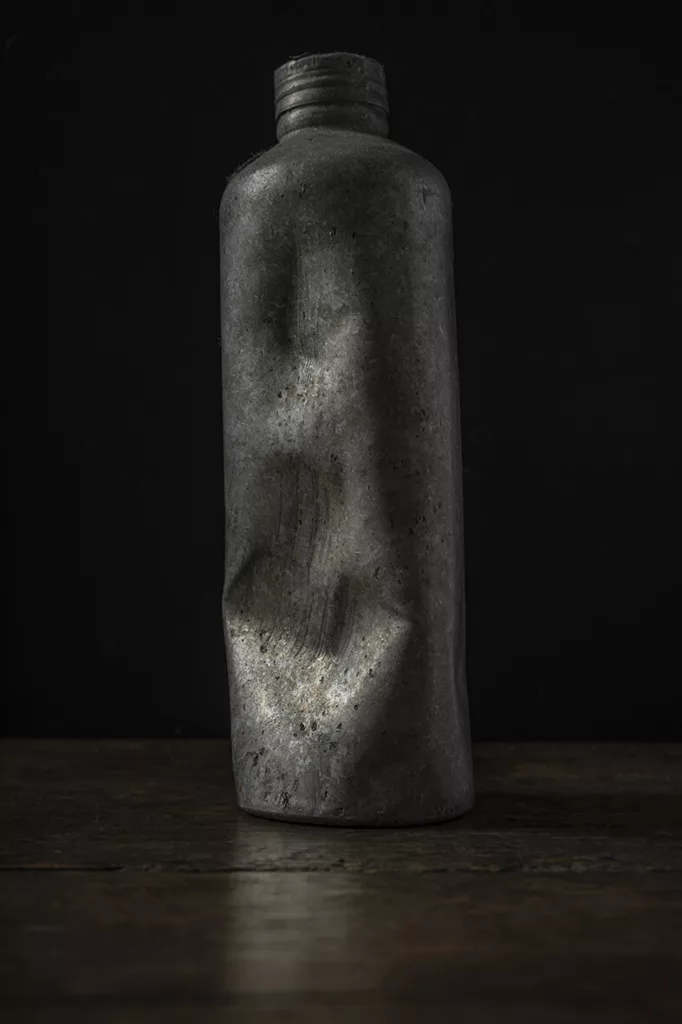
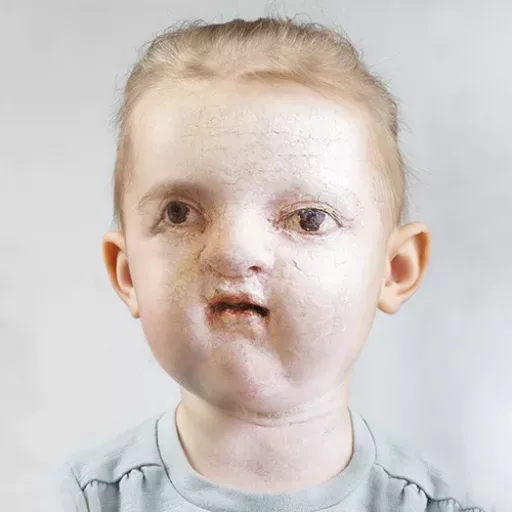
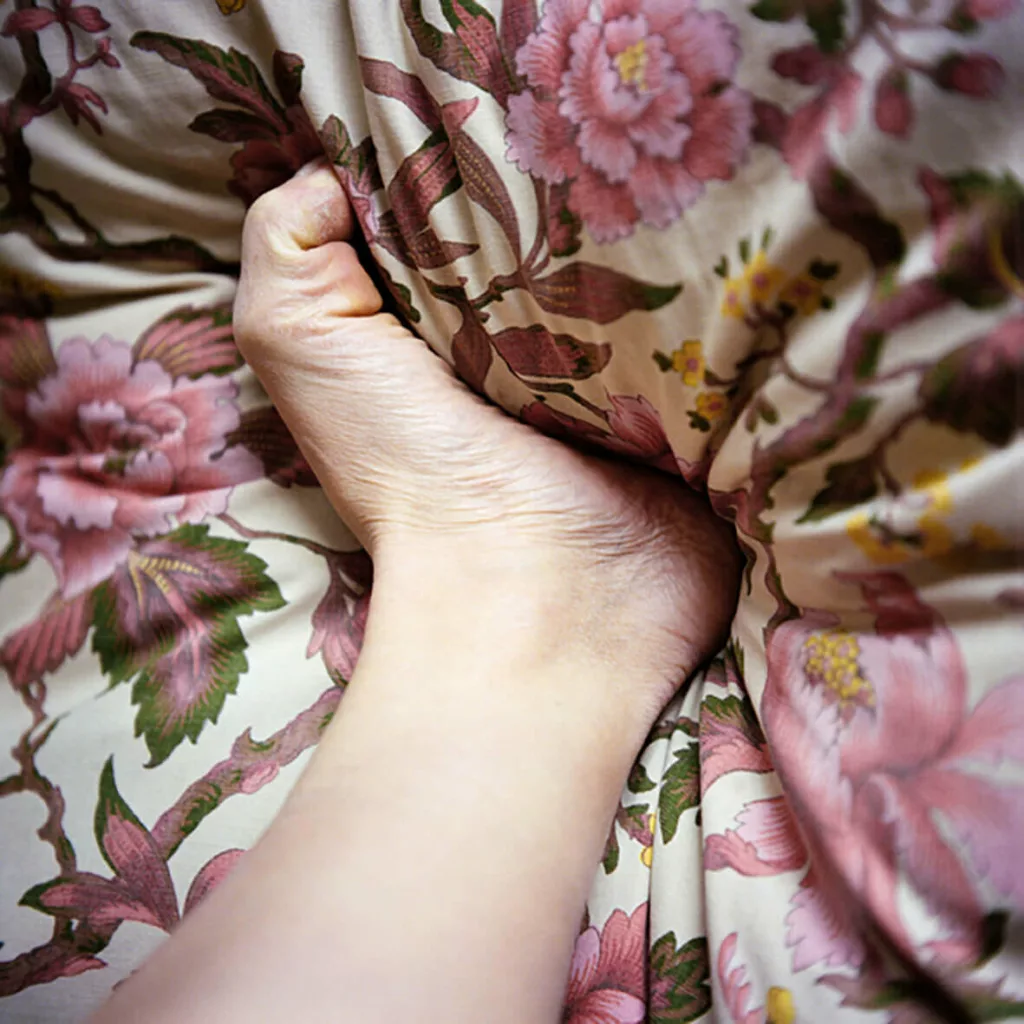
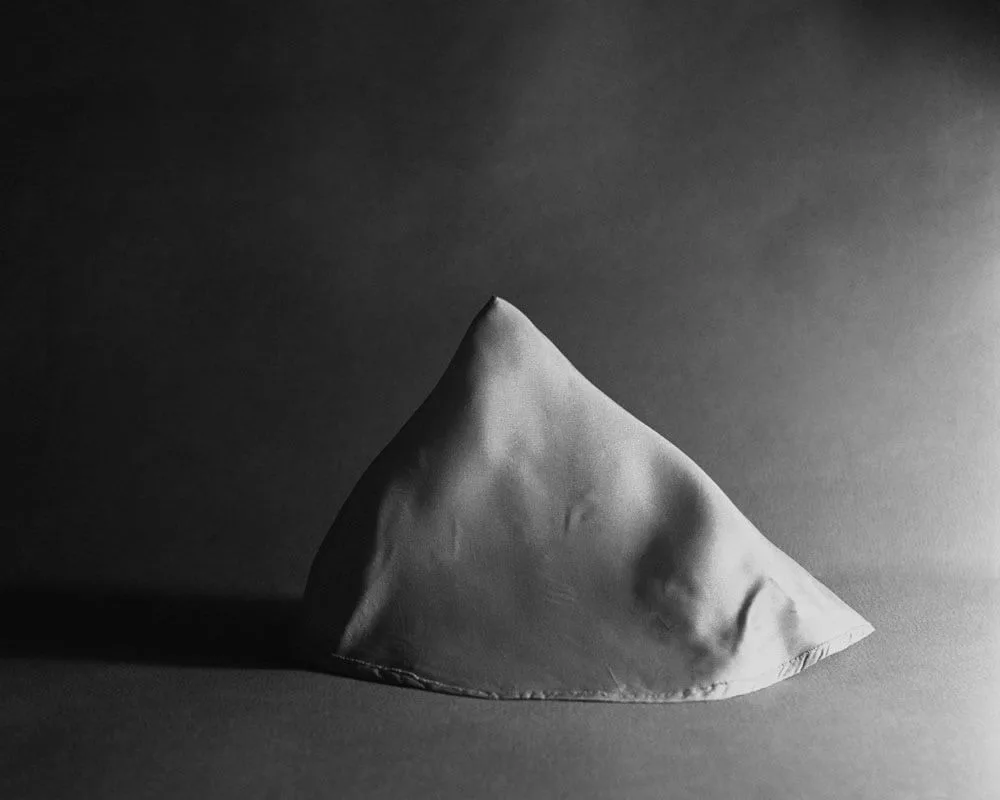
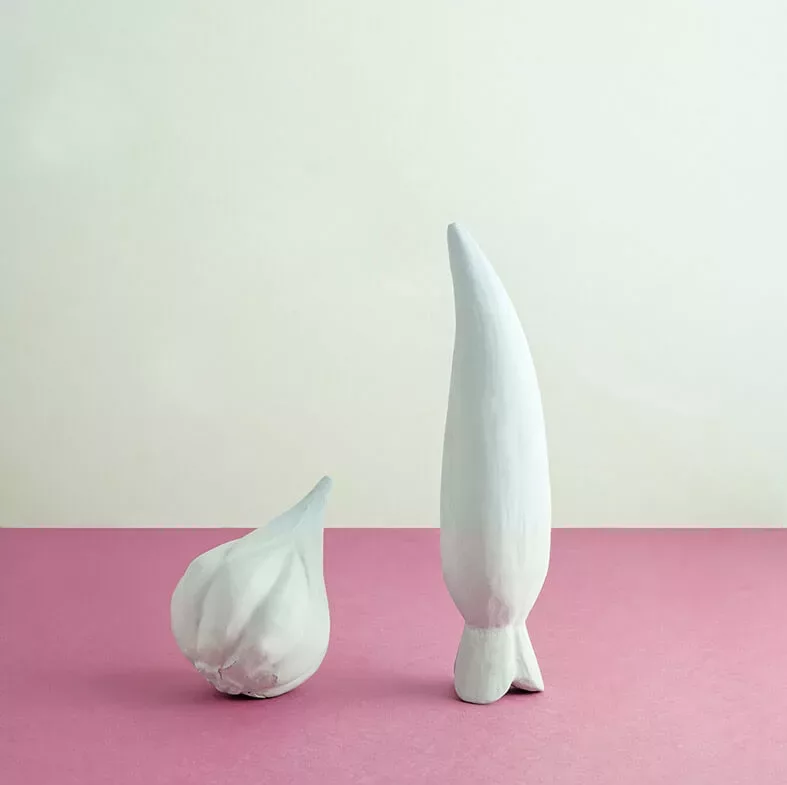
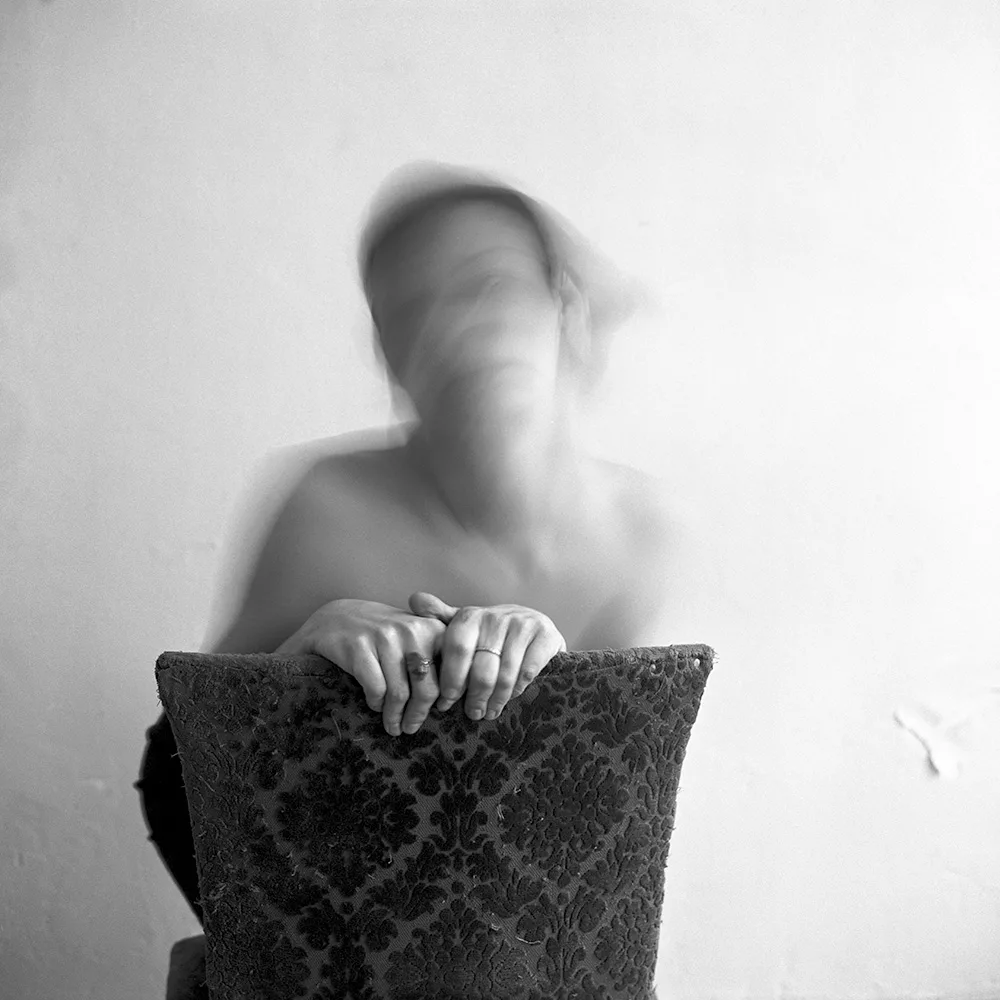
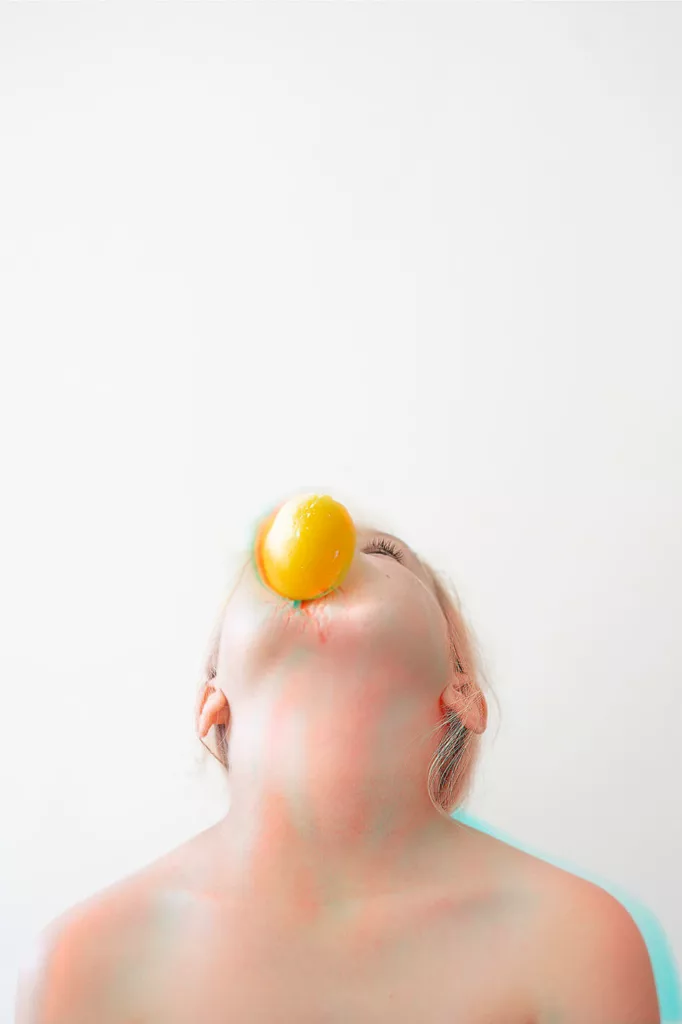
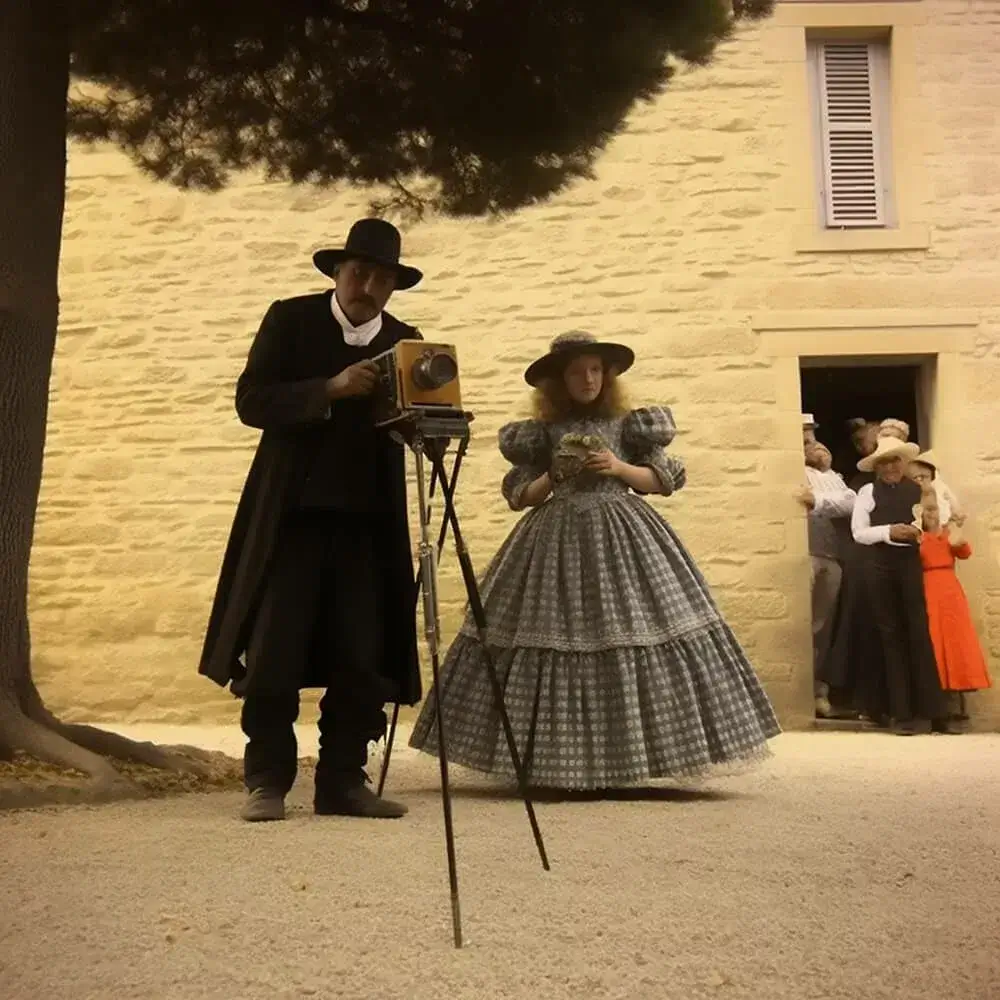
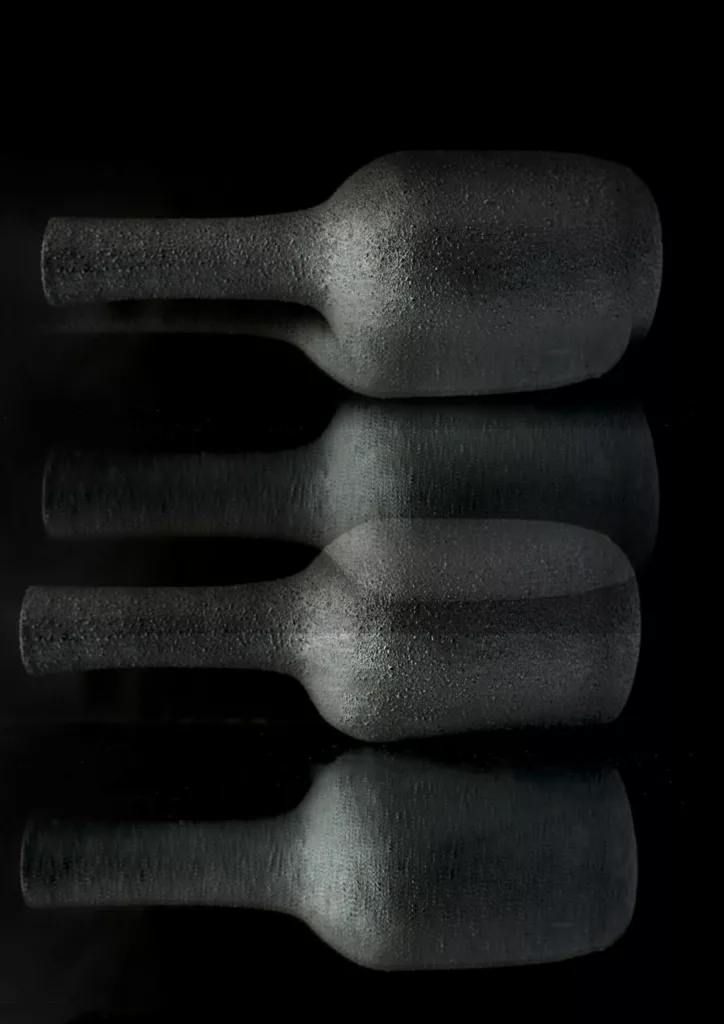
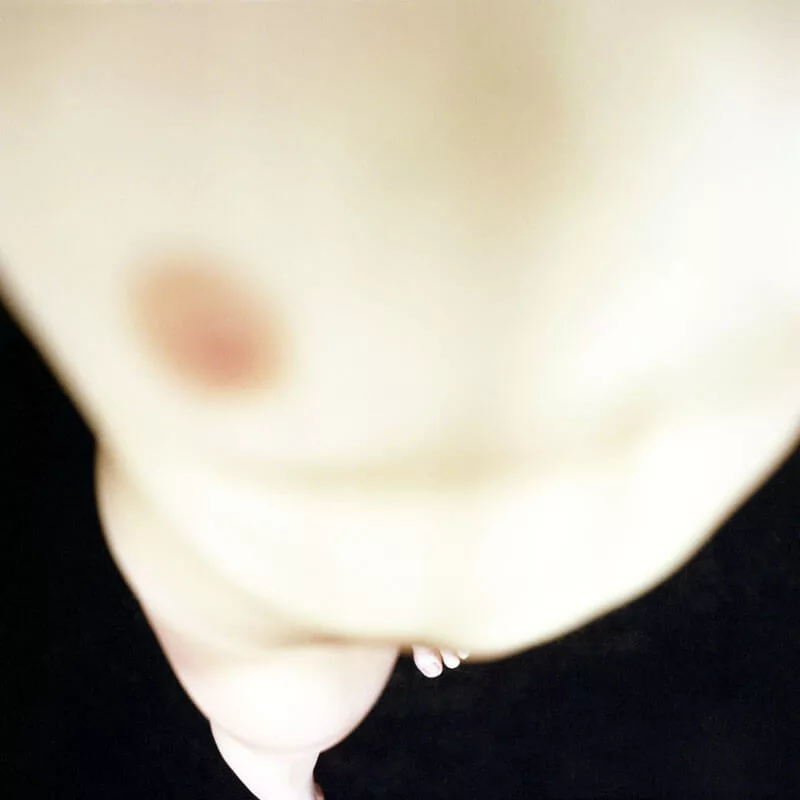
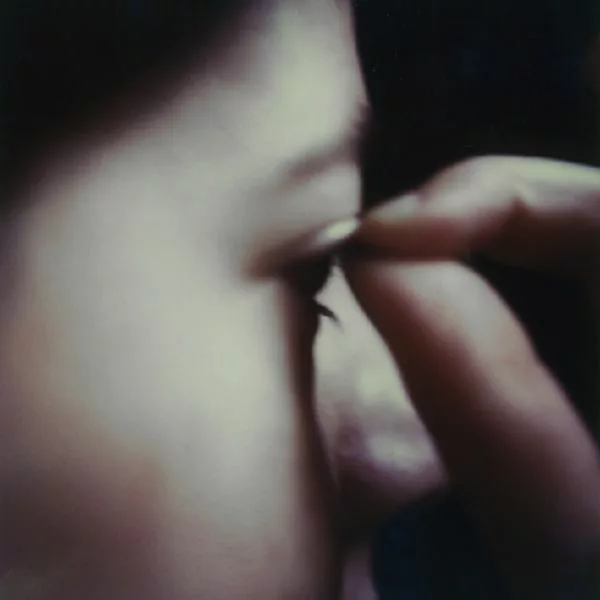
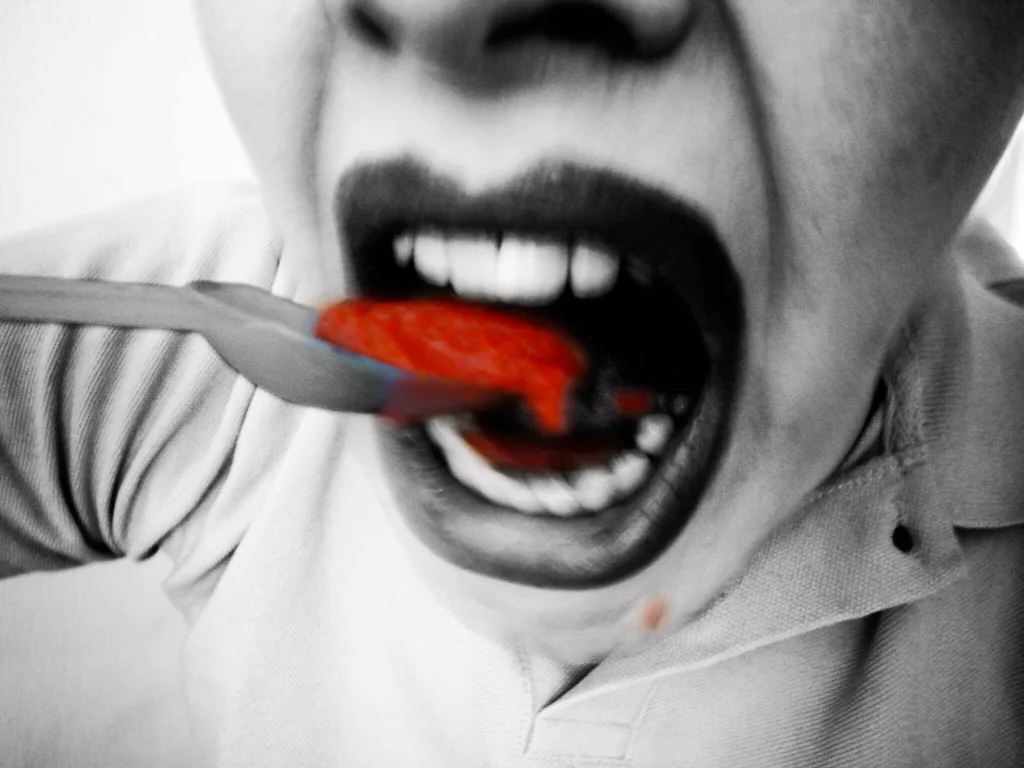
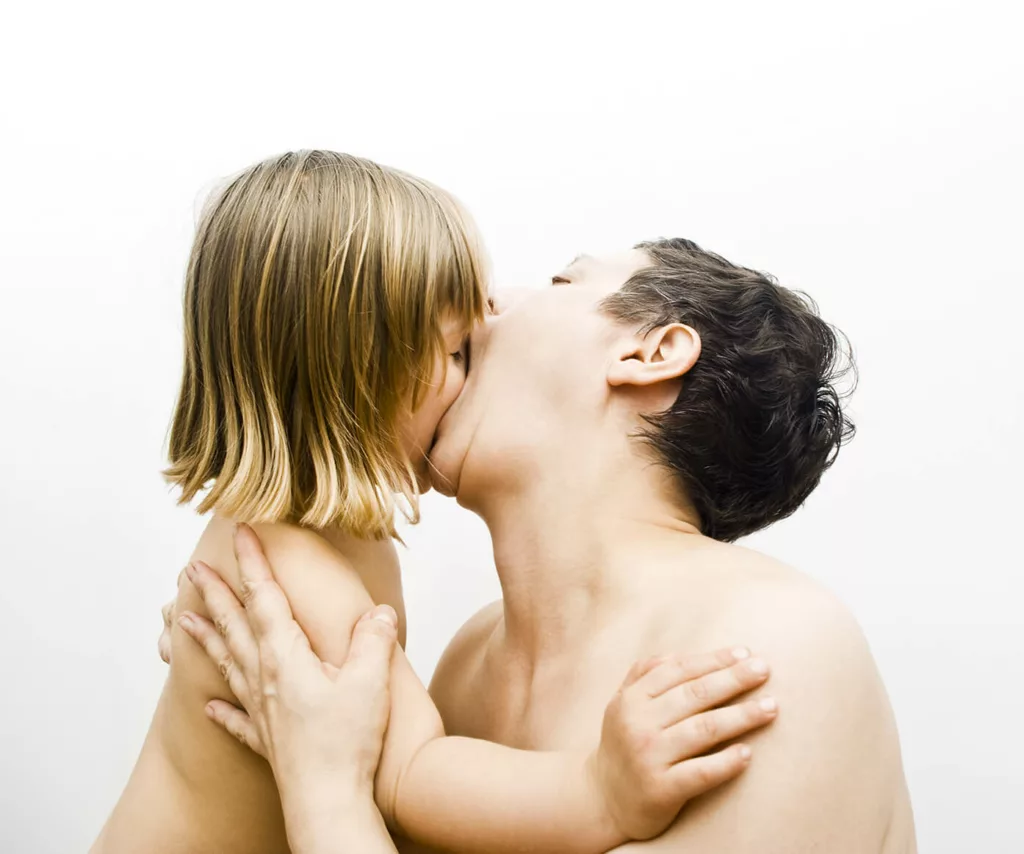
Laisser un commentaire